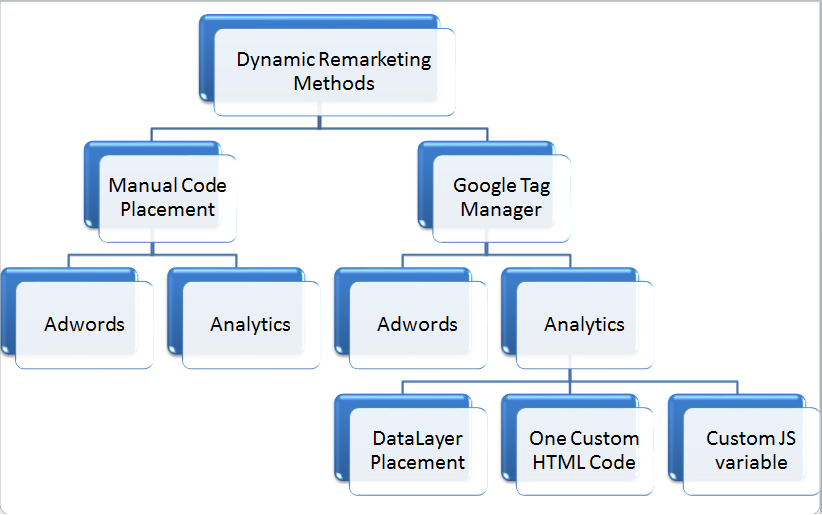Taking Advantage Of Remarketing in Google Analytics: A Comprehensive Overview
Taking advantage of remarketing in Google Analytics provides companies a critical edge in getting to out to potential consumers. This guide will certainly lose light on the essential actions entailed in utilizing the complete capacity of remarketing in Google Analytics, leading to improved advertising and marketing end results.
Understanding Remarketing in Google Analytics
Remarketing in Google Analytics allows services to strategically target individuals who have actually previously engaged with their internet site or mobile app. By leveraging data from Google Analytics, organizations can develop personalized remarketing listings based on individual habits, such as web pages visited, activities taken, or particular objectives accomplished. This powerful device allows companies to re-engage with users that have revealed interest in their solutions or items, ultimately enhancing the probability of conversion.
Comprehending the various kinds of remarketing methods is crucial for a successful campaign - What Is “Remarketing” In Google Analytics?. Google Analytics offers different choices, consisting of typical remarketing, dynamic remarketing, and remarketing checklists for search ads (RLSA) Each kind offers a distinct objective and can be customized to meet details advertising and marketing objectives
Furthermore, examining the performance of remarketing projects is essential for enhancing results. Google Analytics supplies important insights right into the efficiency of various remarketing approaches, allowing services to make data-driven decisions and refine their targeting technique. By continuously checking and readjusting remarketing initiatives based on analytics data, organizations can maximize ROI and drive success in their advertising and marketing efforts.
Setting Up Remarketing Projects
After establishing audience lists, the next action is to link Google Analytics with Google Ads. By connecting these two platforms, businesses can flawlessly move target market listings from Google Analytics to Google Ads for remarketing functions. This integration permits even more accurate targeting and better project performance.
Once the accounts are linked, businesses can create remarketing projects in Google Advertisements making use of the audience details formerly defined in Google Analytics. These projects can be customized with certain advertisement creatives, messaging, and bidding process methods to successfully re-engage with previous site visitors and drive conversions. By following these steps, companies can take advantage of the power of remarketing to boost their advertising and marketing efforts and increase ROI.
Using Target Market Division Techniques

Predefined sections in Google Analytics enable you to swiftly evaluate typical audience categories like new customers, returning customers, or users that completed a specific objective on your web site. Customized sections, on the other hand, enable you to produce special sectors based on certain requirements that are very important to your company objectives. Dynamic remarketing checklists automatically readjust based upon customer habits, showing individualized advertisements to users that have communicated with your site particularly methods.
Studying Remarketing Performance Metrics
Upon examining the performance of remarketing projects in Google Analytics, the analysis of crucial efficiency metrics supplies important insights into audience involvement and conversion rates. By diving into metrics such as click-through rates (CTR), conversion prices, cost per purchase (CPA), and return on ad spend (ROAS), online marketers can assess the success of their remarketing initiatives. Evaluating these metrics enables marketers to maximize projects, fine-tune target market targeting, and allot budgets effectively to enhance general remarketing performance.
Maximizing Remarketing Techniques
When refining remarketing strategies in Google Analytics, concentrating on target market division is paramount for achieving campaign success. By separating your audience into particular segments based upon their behavior, demographics, or passions, you can customize your advertisements a lot more properly to each team. This targeted approach enhances the possibility of visit engaging customers that have actually currently shown rate of interest in your services or items, resulting in greater conversion rates.
One more important facet of enhancing remarketing methods is constantly screening and refining your campaigns (What Is “Remarketing” In Google Analytics?). A/B screening different advertisement creatives, messaging, or deals can aid you recognize what resonates finest with your target market and drives one of the most conversions. By assessing the efficiency of these tests in Google Analytics, you can make data-driven choices to optimize your remarketing initiatives additionally
Additionally, leveraging dynamic remarketing can dramatically improve your campaign results. This attribute permits you to reveal tailored advertisements to users based on their past communications with your site, showcasing services or products they have previously viewed. By delivering tailored material to individuals based on their rate of interests and actions, vibrant remarketing can help enhance involvement and drive conversions.
Verdict
In final thought, utilizing remarketing in Google Analytics is a tactical method to target customers that have actually formerly engaged with a website. By producing customized target market lists and utilizing audience division techniques, services can maximize remarketing campaigns for boosted conversion prices. Analyzing efficiency metrics and constantly optimizing strategies are vital for making best use of the efficiency of remarketing initiatives.
Google Analytics uses numerous alternatives, including basic remarketing, dynamic remarketing, and remarketing checklists for search advertisements (RLSA)After setting up target market lists, the next step is to connect Google Analytics with Google Advertisements. By linking these 2 platforms, services can seamlessly move audience listings from Google Analytics to Google Ads for remarketing functions.As soon as the accounts are connected, organizations can produce remarketing campaigns in Google Advertisements making use of the target market details previously defined in Google Analytics.When refining remarketing methods in Google Analytics, focusing on audience segmentation is vital for accomplishing project success.